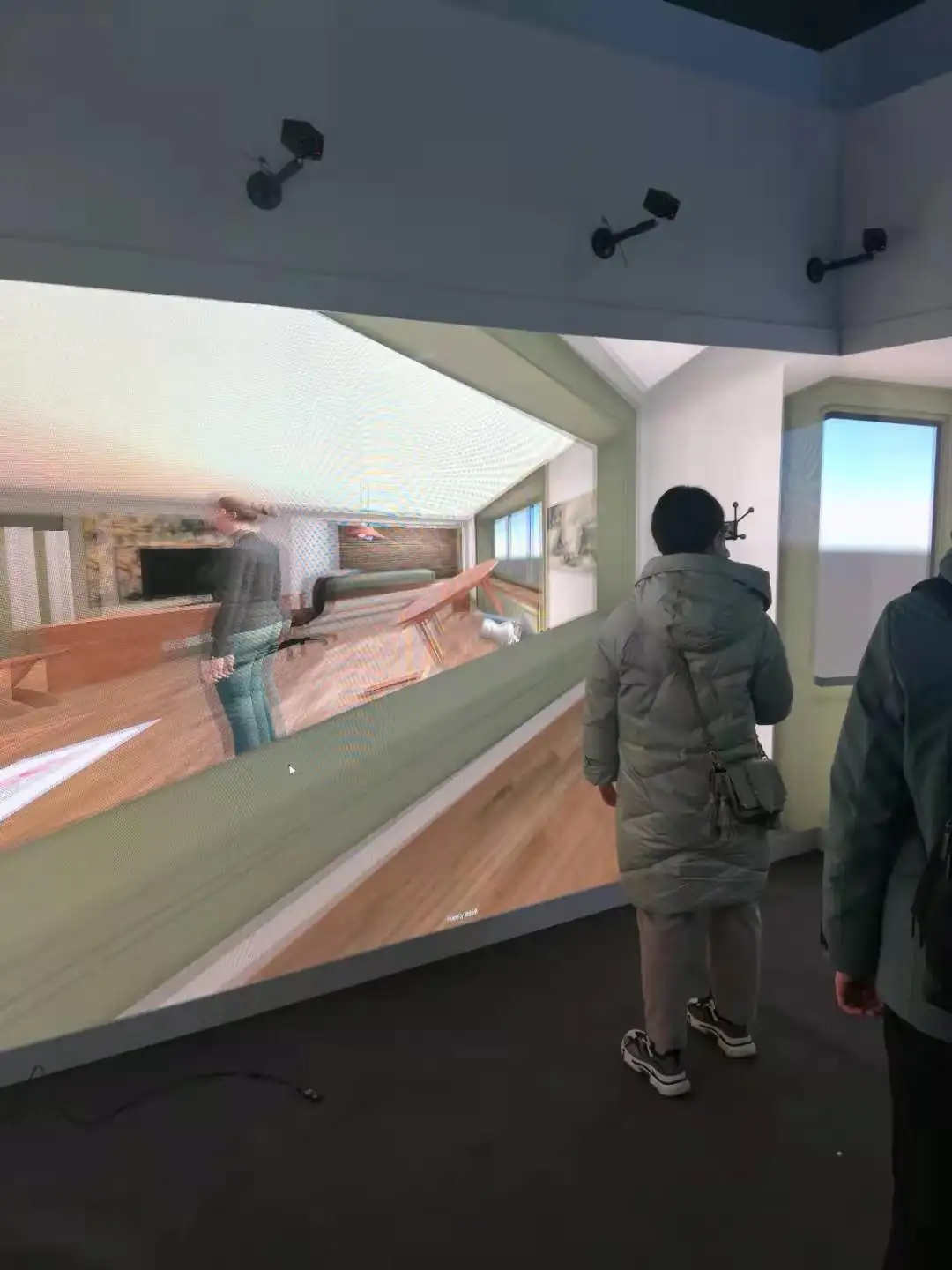Solution
solution
Passive Stereoscopic Solutions
 Exhibition display, teaching simulation, tourism simulation, simulation exercises and film and television broadcasting and other fields, the better the visual immersion is conducive to enhance the sense of immersion, so that learning exercises simulation experience easier transition to reality, but also to make the visual enjoyment of a more shocking. 3D stereoscopic displays and large-screen fusion technology in a variety of exhibition venues, education and teaching, public security and the army, radio and television, tourism and entertainment, etc. play an indispensable role in the field. The 3D stereoscopic display and large screen fusion technology thus plays an unignorable role in various display venues, education and teaching, public security and military, broadcasting, tourism and entertainment.
Exhibition display, teaching simulation, tourism simulation, simulation exercises and film and television broadcasting and other fields, the better the visual immersion is conducive to enhance the sense of immersion, so that learning exercises simulation experience easier transition to reality, but also to make the visual enjoyment of a more shocking. 3D stereoscopic displays and large-screen fusion technology in a variety of exhibition venues, education and teaching, public security and the army, radio and television, tourism and entertainment, etc. play an indispensable role in the field. The 3D stereoscopic display and large screen fusion technology thus plays an unignorable role in various display venues, education and teaching, public security and military, broadcasting, tourism and entertainment.
Edge fusion projection fusion of passive stereo fusion in addition to dual-camera stacked into passive stereo, you can also do active stereo fusion, but now there is one more, do passive stereo fusion does not require dual-camera stacked passive stereo fusion can be achieved, this program in addition to the use of 3D equipment and glasses are not the same, all the configurations and active stereo fusion is exactly the same. Relative to the active stereo fusion only need to replace two parts, that is, the original part of the 3D signal transmitter connected to a single polarized 3D equipment (English: 3D modulator), and with the cinema General RealD polarized 3D glasses instead of shutter-type 3D glasses on completion.

Core equipment
Projectors: Each group requires two ordinary projectors (arranged top and bottom), outputting the left and right eye images respectively.
Polarization Components: These include the polarizer in front of the projector and the polarized glasses worn by the audience.
Fusion Processor: Supports signal synchronization, geometry correction and color consistency adjustment.
Specialized screens: High-gain metal or curved screens to ensure the efficiency of polarized light reflection.
Auxiliary equipment
Signal sources (e.g., 3D sources, graphics workstations) and transmission devices (HDMI/DVI interfaces).
Optional fusion with feathering and surface correction function modules to optimize the display.
 outstanding talent
outstanding talent

